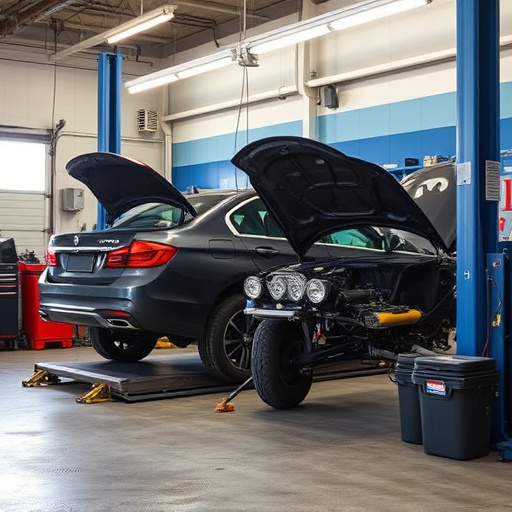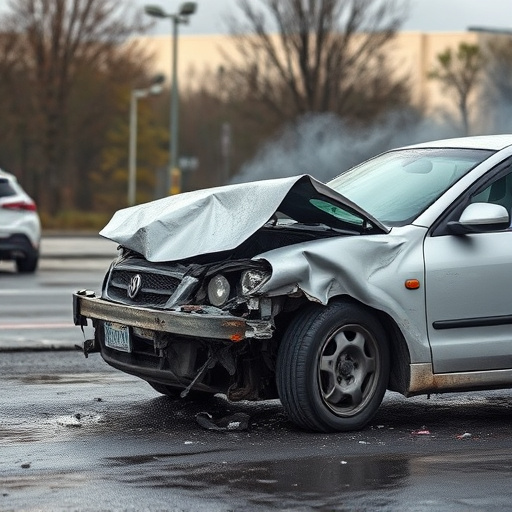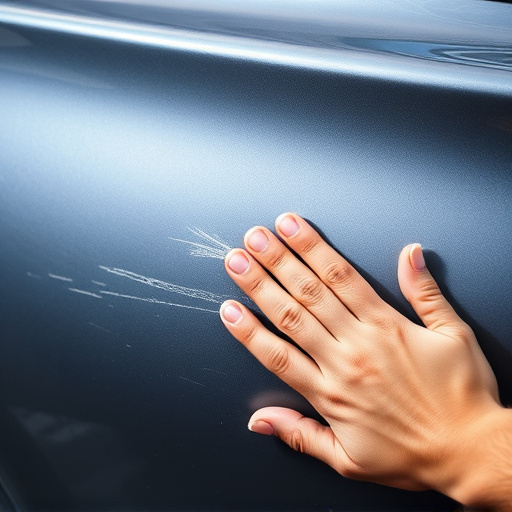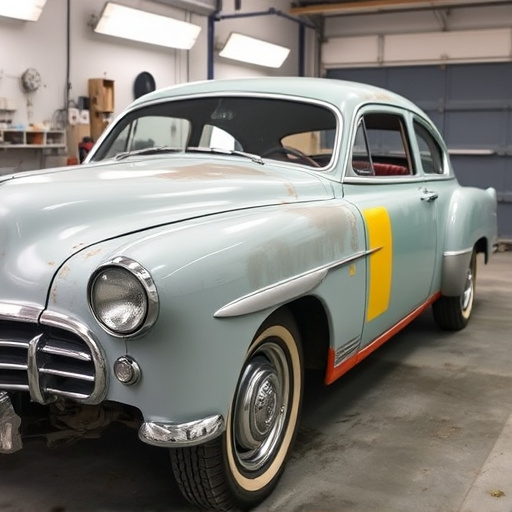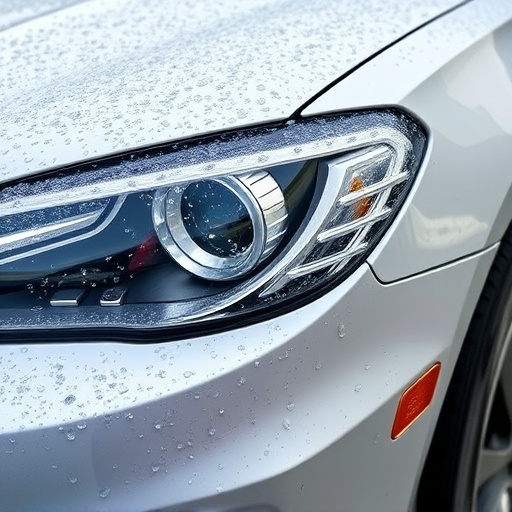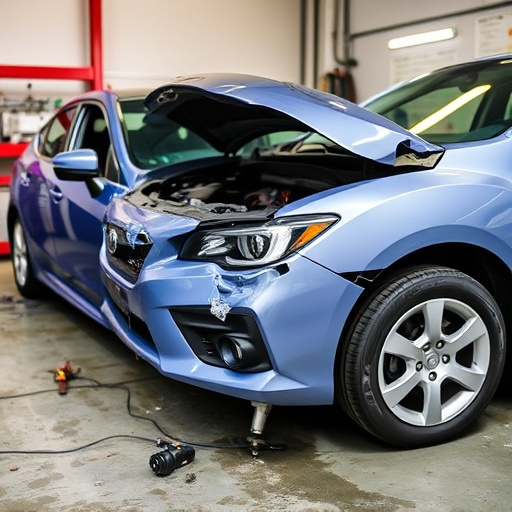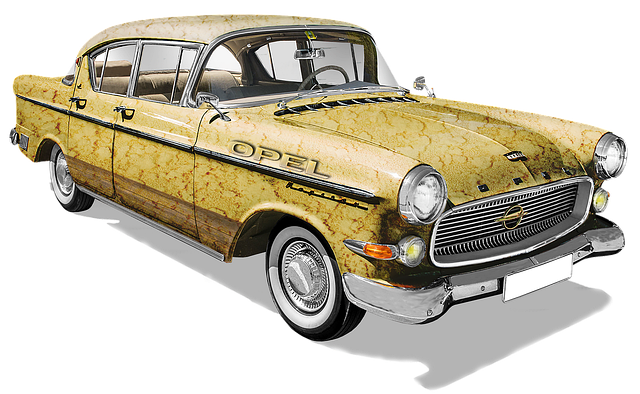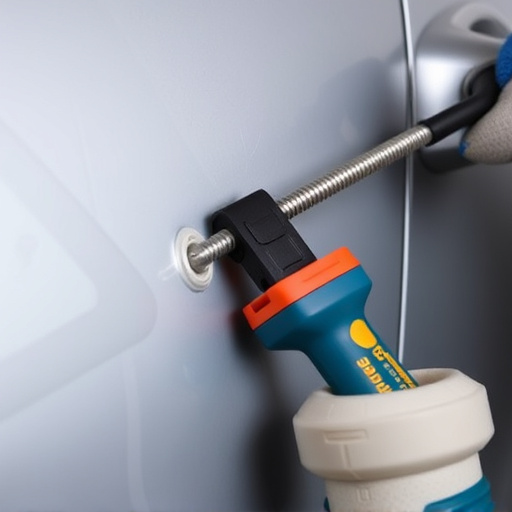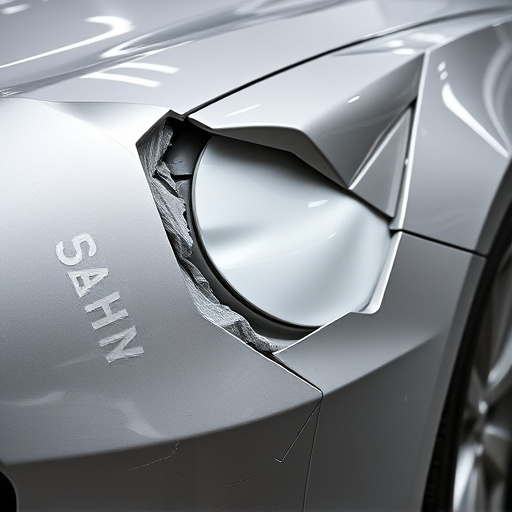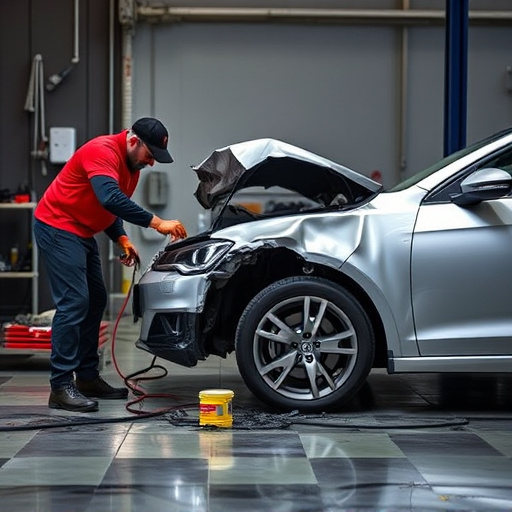Plastic body part repair faces challenges like achieving biocompatibility and managing healing processes. Surgeons use specialized tools and techniques to integrate synthetic materials with natural tissues, relying on skill for successful outcomes. Advanced technologies like CAD and 3D printing enhance precision, ensuring structural integrity and safety in complex repairs, from car door replacements to precision engineering of vehicle damage.
In the realm of plastic body part repair, challenges abound, particularly in complex surgeries aiming to replace or mend intricate structures. This article delves into the unique hurdles faced by surgeons, focusing on biocompatibility issues and tissue compatibility problems that arise during such delicate procedures. We explore innovative techniques for achieving successful outcomes, shedding light on the latest advancements in plastic body part repair.
- Unique Challenges in Plastic Surgery Repair
- Biocompatibility and Tissue Compatibility Issues
- Techniques for Complex Body Part Replacement
Unique Challenges in Plastic Surgery Repair
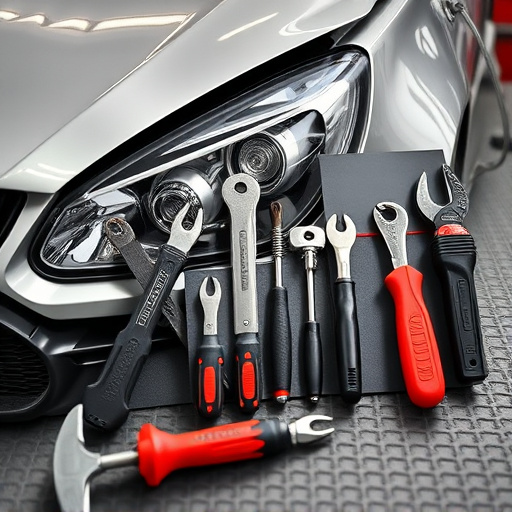
Plastic body part repair presents unique challenges that set it apart from other surgical procedures. One of the primary difficulties lies in achieving a perfect match with surrounding tissues, as plastic materials often lack the natural flexibility and adaptability of human skin or other body parts. This requires precise techniques and specialized tools to mimic the look and feel of healthy tissue while ensuring long-term functionality.
Additionally, the healing process for plastic repairs is more complex than that of typical vehicle repair services or collision repair shop procedures. It involves careful management of inflammation, scarring, and the integration of synthetic materials with biological tissues. The skill and experience of the surgeon are paramount in navigating these challenges, utilizing innovative techniques and technologies to enhance successful outcomes and minimize revision surgeries—a common complication in complex car repair services.
Biocompatibility and Tissue Compatibility Issues
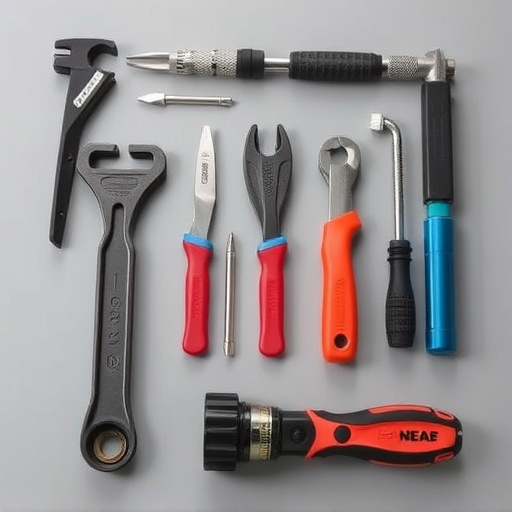
One of the significant challenges in plastic body part repair is addressing biocompatibility and tissue compatibility issues. Plastics, while durable and lightweight, often lack the inherent bioactivity and flexibility of natural tissues like skin or bone. When repairing a plastic body part, such as a car door panel after a collision (car collision repair), ensuring that the replacement material integrates seamlessly with surrounding healthy tissue is crucial. The success of plastic body part repair heavily depends on finding synthetic materials that mimic the mechanical properties and bioactivity of the original tissue to avoid adverse reactions and rejection by the body.
In the context of car body shop procedures like frame straightening, these challenges can be exacerbated due to the high stresses and forces involved in realigning damaged metal structures. While advancements in polymer science have led to more biocompatible plastics, their mechanical performance may still differ significantly from natural tissues. As a result, careful consideration is necessary when selecting materials for plastic body part repair to balance compatibility with the human body while maintaining structural integrity and aesthetic quality.
Techniques for Complex Body Part Replacement

In the realm of plastic body part repair, complex replacements pose unique challenges that demand innovative techniques. When dealing with intricate automotive structures, such as car body panels or components, traditional methods may not suffice. Skilled technicians in automotive body shops often employ advanced procedures like computer-aided design (CAD) and 3D printing to create precise molds for accurate repairs. This ensures minimal distortion and maintains the structural integrity of the vehicle, aligning with modern standards in plastic body part repair.
These sophisticated techniques extend beyond mere aesthetics, addressing functional aspects critical for safety. For instance, precision engineering is crucial in replacing parts affected by car dents or damage. Effective car dent removal strategies, integrated with advanced materials, enable restoration to original specifications. This level of expertise, available in reputable car body shops, leverages cutting-edge technology to overcome complexities associated with plastic body part repair, ultimately enhancing vehicle performance and longevity.
Plastic body part repair faces unique challenges, particularly in ensuring biocompatibility and tissue compatibility. Advances in techniques for complex body replacement offer hope, but navigating these issues remains crucial for successful outcomes in plastic surgery repair. By understanding the current landscape, we can foster further innovations that revolutionize this field.
